Before helicopter parenting and smartphone tracking apps, there was the glorious chaos of the 1980s school bus—a rolling microcosm of childhood where supervision was minimal and adventures were plentiful. For those who grew up during this magical decade of big hair and bigger personalities, the school bus wasn’t just transportation; it was a twice-daily social experiment where friendships were forged, hierarchies established, and memories made. Buckle up as we take a nostalgic ride through the wild stuff that happened on those bright yellow buses during the Reagan era.
1. The Ruthless Unspoken Seating Chart
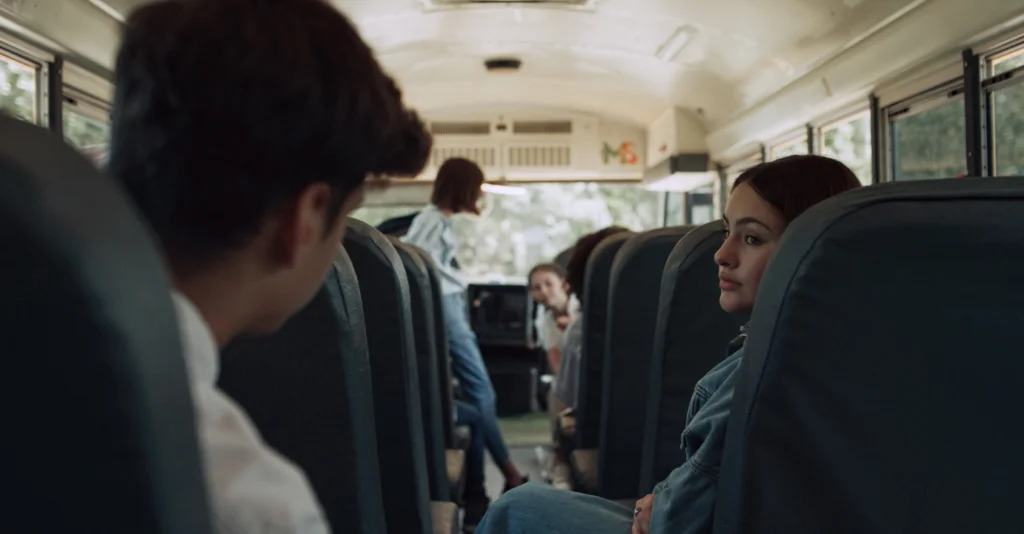
The moment you stepped onto the school bus, you entered a complex social ecosystem with unwritten but strictly enforced rules about who could sit where. The back of the bus was strictly reserved for the cool kids and older students, while the front seats near the driver were social suicide, occupied only by the youngest riders or those looking to avoid the chaos. Mid-bus was contested territory where alliances shifted daily, and heaven help the newcomer who unknowingly took someone’s “assigned” seat. School Transportation News breaks down what is technically the things to keep in mind when the kids sit in the bus, but of course the passengers have strong wills and rules of their own.
The driver typically paid minimal attention to the seating drama unless it escalated to shouting or something flew through the air. Friend groups would save seats with backpacks, forcing awkward negotiations when the bus was crowded. The uniquely 80s tradition of “seat hogging”—where one kid would sprawl across the entire bench—created daily conflicts that had to be resolved without adult intervention, teaching us all valuable lessons in diplomacy and assertiveness.
2. The Paper Projectile Wars

Before fidget spinners and mobile games, 80s kids entertained themselves with the art of paper warfare. Spitballs, paper footballs, and intricately folded paper airplanes soared through the bus cabin with impressive frequency and occasionally impressive accuracy. The most dedicated artists created hornets—tightly folded paper projectiles that could deliver a surprising sting when launched from a ruler or sturdy folder. Engineering Emily has some clever paper crafts for budding STEM majors, though it is imperative they stay off of the bus, lest they impede the driver’s critical work.
These paper battles would sometimes escalate into full-bus conflicts, with alliances forming across seat rows and grade levels. The bus driver’s rearview mirror became the primary surveillance system to avoid detection, and the collective holding of breath when the driver shouted “WHO THREW THAT?” remains one of the most unified moments of 80s childhood. Cleanup at the end of the route was nonexistent, leaving bus floors ankle-deep in paper ammunition by Friday afternoon.
3. The Boom Box Revolution
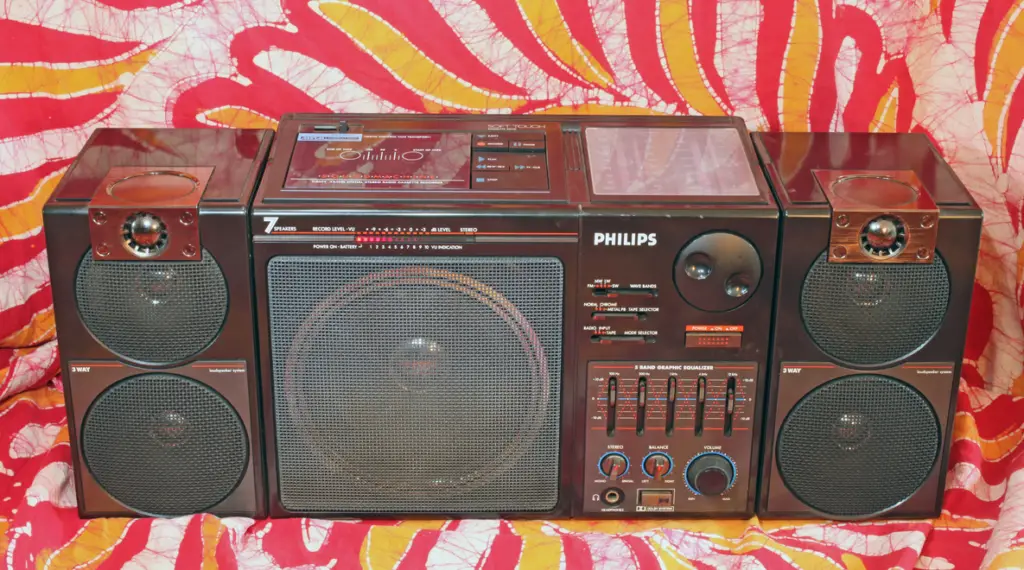
The 1980s saw the rise of portable music, and nowhere was this more evident than on school buses where teenagers proudly displayed their massive boom boxes. These lucky few with the technological advantage (and parents willing to invest in countless D batteries) became instant celebrities, controlling the soundtrack of the morning and afternoon commutes. Song choices became political statements, with heated debates between fans of hair metal, early hip-hop, and pop music. Brand 9 Signs recounts when the boombox was enjoying a kind of Renaissance decades ago, in part thanks to this particular audience.
Bus drivers had wildly inconsistent policies about allowed music, with some embracing the cultural education and others confiscating devices at the first notes of Twisted Sister or Run-DMC. Volume battles between competing boom boxes from opposite ends of the bus created a bizarre audio experience that somehow prepared an entire generation for the mixed-playlist world we now inhabit. The most memorable bus rides featured impromptu sing-alongs to the day’s hottest tracks, creating musical memories that still trigger instant nostalgia decades later.
4. The Window Control Power Struggles
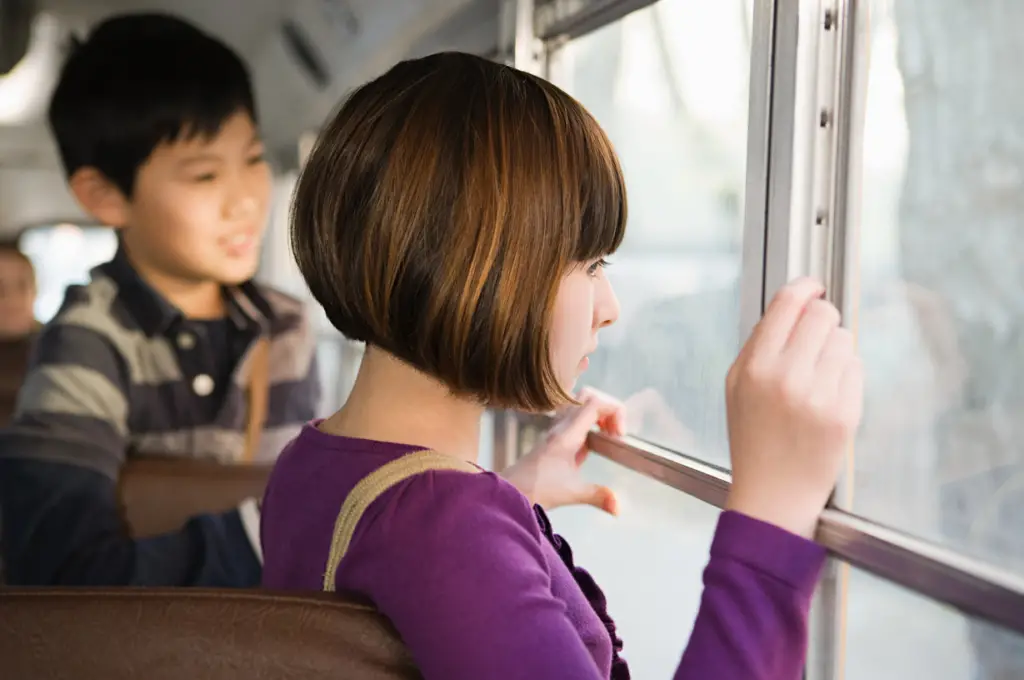
In the era before climate-controlled buses, the ability to open or close your window represented real power, especially during seasonal transitions. Opening windows on hair-conscious girls could trigger dramatic complaints, while closing windows on sweltering days led to immediate protests from overheated kids in the back. The complex social negotiations around window privileges reflected the emerging leadership skills of future managers and diplomats.
Buses in winter presented the opposite problem, with windows that fogged over instantly, providing perfect canvases for artistic expression through finger drawing. The classic move of opening a window to throw something out (or shout at pedestrians) then quickly closing it before getting caught became an art form practiced by middle-schoolers across America. Bus drivers eventually resorted to locking windows in disadvantageous positions, teaching 80s kids early lessons about the arbitrary nature of authority.
5. The Contraband Candy Economy
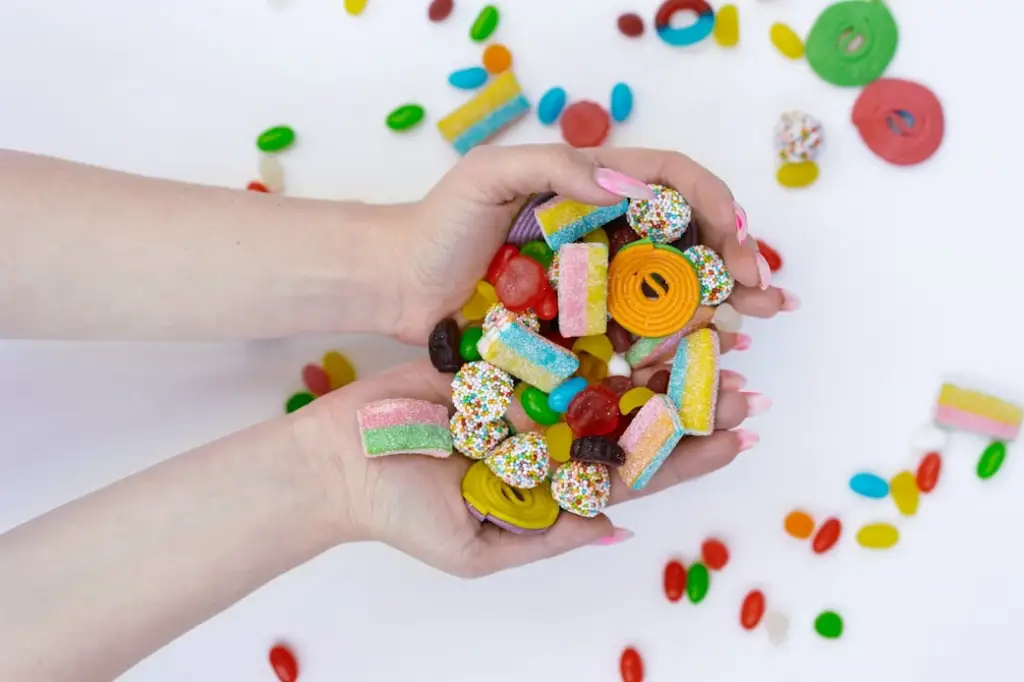
Long before school vending machines and sanctioned snack times, an underground economy flourished on 80s school buses, with candy as the primary currency. Enterprising young capitalists would stock up at the corner store, then sell their sugary contraband at marked-up prices to desperate peers. Trades were common—a pack of Now and Laters might be worth two Jolly Ranchers or a handful of Lemonheads, depending on supply and demand.
The most successful candy entrepreneurs kept their inventory hidden from both authority figures and potential thieves. Some crafty traders specialized in candy that parents forbade, creating lucrative black markets in Pixy Stix, Fun Dip, and anything with food coloring that could temporarily stain your mouth unnatural colors. The sugar high from morning candy deals fueled classroom disruptions across the country, creating a direct link between the bus economy and classroom detention assignments.
6. The Urban Legend Factory
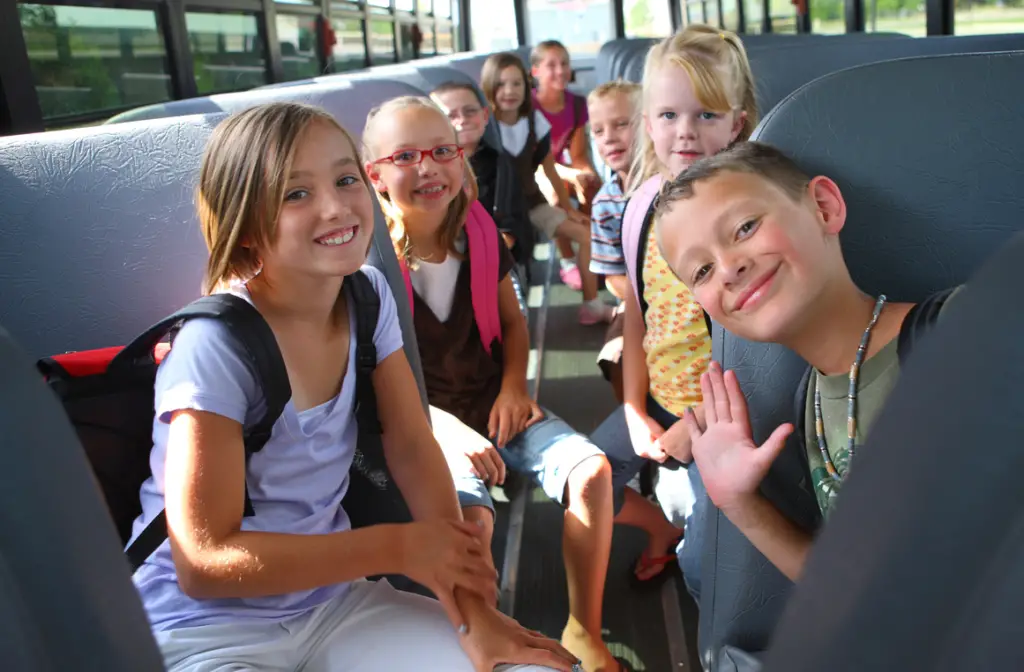
School buses served as perfect incubators for spreading the urban legends that defined 80s childhood, from Mikey’s death by Pop Rocks and Coke to the mysterious disappearance of kids who chanted “Bloody Mary” in dark bathrooms. The morning bus ride was prime time for sharing tales about the house everyone passed where an alleged murder/kidnapping/satanic ritual had taken place, with details growing more elaborate with each retelling.
The confined space of the bus created perfect conditions for mass hysteria, where a single “Did you hear about…” could trigger waves of panic or fascination. Older kids delighted in terrifying younger ones with stories of escaped mental patients with hooks for hands or the dangers of eating watermelon seeds. The bus served as childhood’s first viral network, spreading these tales across neighborhoods and creating shared mythologies that still resonate with 80s kids decades later.
7. The Bus Driver Psychological Warfare
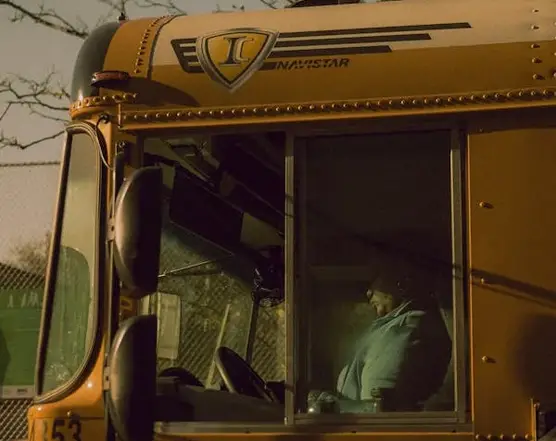
Bus drivers in the 80s were a special breed—part navigator, part disciplinarian, and part psychological warrior who developed creative techniques for maintaining control. The strategic use of the brake (the famous “brake check” that sent unsuspecting standing students lurching forward) became legendary among drivers dealing with particularly rowdy routes. The most feared weapon in the driver’s arsenal was the dreaded “I’ll turn this bus around” threat, which placed social pressure on troublemakers from their peers.
Many drivers employed the rearview mirror stare-down technique, making eye contact with misbehaving children while never seeming to watch the road. The most effective drivers knew every child’s name and used the power of selective enforcement to maintain order—sometimes ignoring minor infractions while making examples of others. The relationship between drivers and their regular passengers evolved over years, with some becoming beloved figures who dispensed candy on holidays while others became adversaries in an ongoing battle of wills.
8. The Lost & Found Time Capsule

The space under the bus seats functioned as an accidental time capsule of 80s childhood artifacts, with items sliding under seats and remaining undisturbed for months. Excavations during end-of-year cleanings revealed archaeological treasures: forgotten Garbage Pail Kids trading cards, broken Swatches, abandoned homework assignments, and the occasional retainer wrapped in a napkin. This unintentional collection of artifacts told the story of childhood preoccupations and trends better than any planned time capsule.
Parents dreaded the calls about expensive items left on buses—calculators, Walkman players, and winter jackets that would mysteriously vanish into the bus black hole. The brave souls who ventured under seats to retrieve dropped items risked encountering ancient fossilized gum, mysterious sticky substances, and the occasional petrified cafeteria food item. Bus companies rarely cleaned beneath seats with any thoroughness, meaning that 80s detritus likely remained in place well into the 1990s, creating a perfect preserved record of the decade’s material culture.
9. The Forbidden Rear Emergency Door
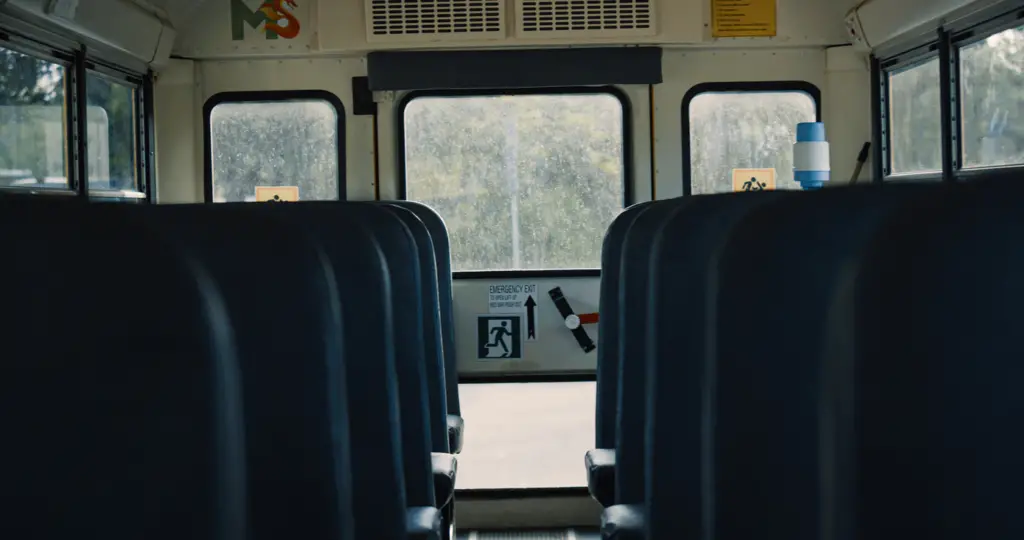
No feature of the 80s school bus held more forbidden allure than the rear emergency exit door with its tantalizing red handle and alarming warnings. Dares to touch, jiggle, or fully activate this forbidden portal circulated regularly, with most kids too intimidated by the consequences to follow through. The rare activation of this exit—whether accidental, intentional, or during mandated safety drills—became legendary events discussed for weeks afterward.
Urban legends circulated about kids who had allegedly been sucked out of accidentally opened emergency doors on highways, feeding into the door’s mystique. Some buses featured the even more tantalizing roof hatches, visible but completely unreachable without standing on seats—an offense that guaranteed immediate driver intervention. The most daring bus rebels would sometimes test the sensitive door alarm systems by applying slight pressure to handles during particularly chaotic ride moments, creating minor moments of anarchy.
10. The Unsupervised Bus Stop Drama
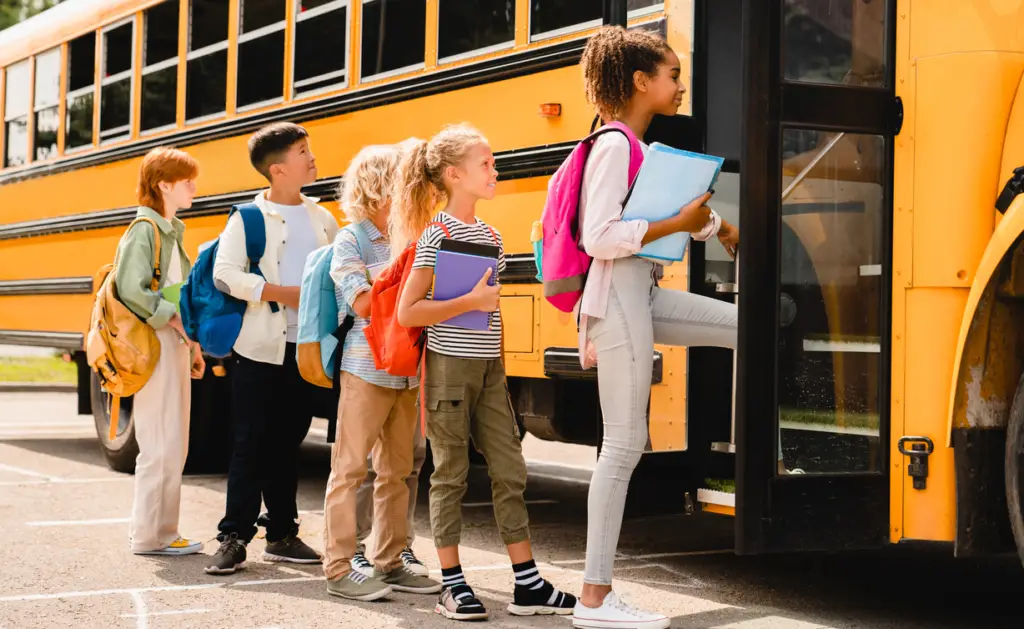
The true wild west of 80s school transportation happened not on the buses themselves but at the unsupervised bus stops where children gathered with minimal adult oversight. Morning bus stops functioned as information exchanges where homework was frantically copied, trading cards exchanged, and major social announcements made. Afternoon drop-offs frequently escalated into neighborhood-wide games or conflicts that had been brewing throughout the school day.
Parents rarely accompanied children to bus stops after kindergarten, creating kid-governed spaces where hierarchies were established and challenged. The special torture of bad weather bus stops—particularly the frigid winter waits when everyone prayed for the bus to be on time—created shared suffering that bonded 80s kids together. Bus stop boundaries became significant social markers, with intense negotiations about which stop you could legitimately use and which friends could join “your” stop.
11. The Impossible-to-Enforce Rules
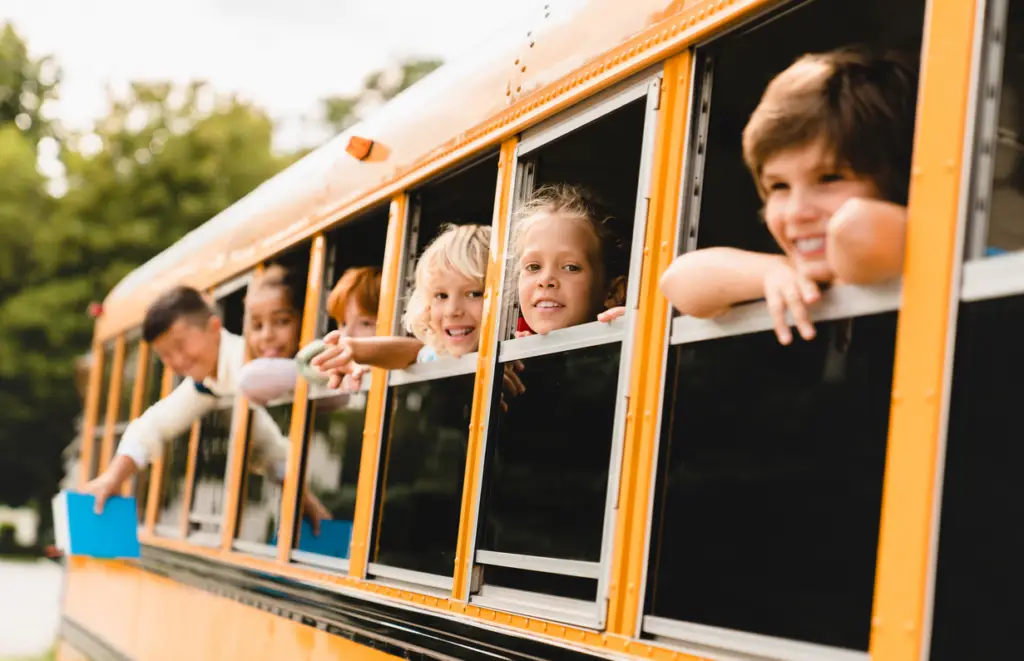
School buses operated under theoretically strict rules that proved completely unenforceable in practice: no eating, no standing while the bus is moving, no changing seats, inside voices only. The laminated list of rules posted behind the driver was largely decorative, acknowledged only when specifically referenced during disciplinary lectures. The true governance system was peer enforcement, with certain behaviors (like taking a kindergartner’s seat) universally condemned while others (like sharing contraband candy) were collectively protected.
The most routinely ignored rule involved the mandate to remain seated facing forward, a direction that contradicted the fundamental social nature of bus rides. Kids developed a remarkable peripheral awareness, able to conduct full conversations with riders several seats away while maintaining the technical appearance of facing forward when the driver checked the mirror. The rule against opening windows more than halfway created generations of kids skilled at calculating exactly what “halfway” meant and then exceeding it by just enough to be useful without triggering enforcement.
12. The Bridge Between School and Home Personas
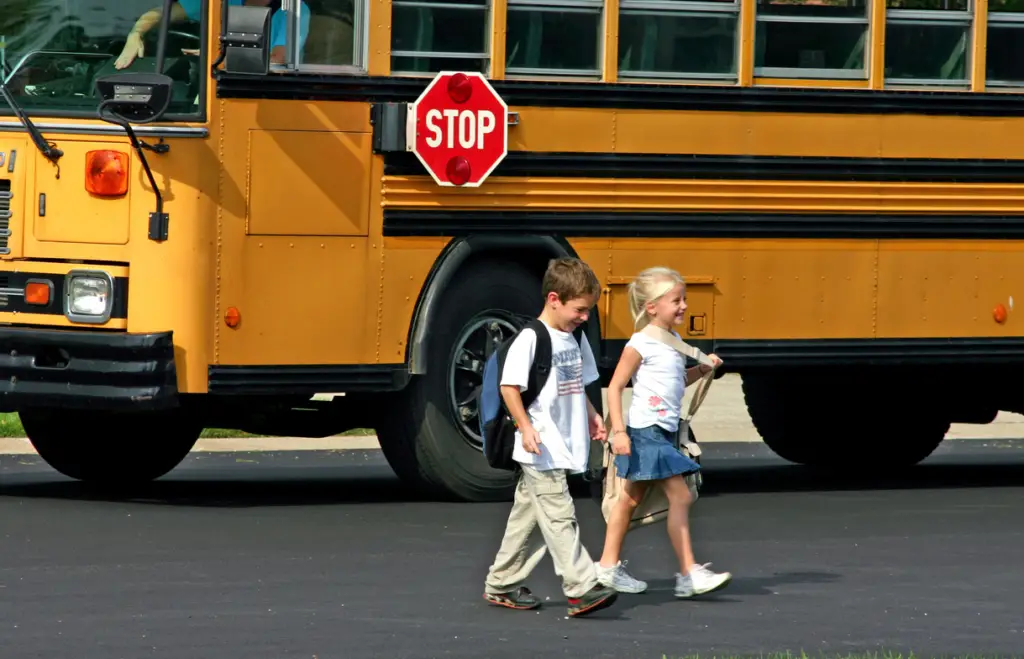
The school bus provided a unique transitional space where kids could gradually shift between their school and home identities. The first few minutes after school pickup featured excited chatter about the day’s events and dramas, creating a communal processing of the school experience. As the route progressed and more kids disembarked, conversations would shift to neighborhood concerns, upcoming television shows, or family matters.
For many 80s kids, the bus represented their first experience with unsupervised community beyond family and controlled classroom settings. Alliances formed on buses often crossed traditional social boundaries, with neighborhood proximity creating unexpected friendships between different social circles. The shared experience of the daily bus commute—with its rituals, inside jokes, and seasonal rhythms—created bonds that often outlasted more structured school relationships, laying the groundwork for how many 80s kids would later understand workplace and community dynamics.
13. The “Back to School” Adjustment Period
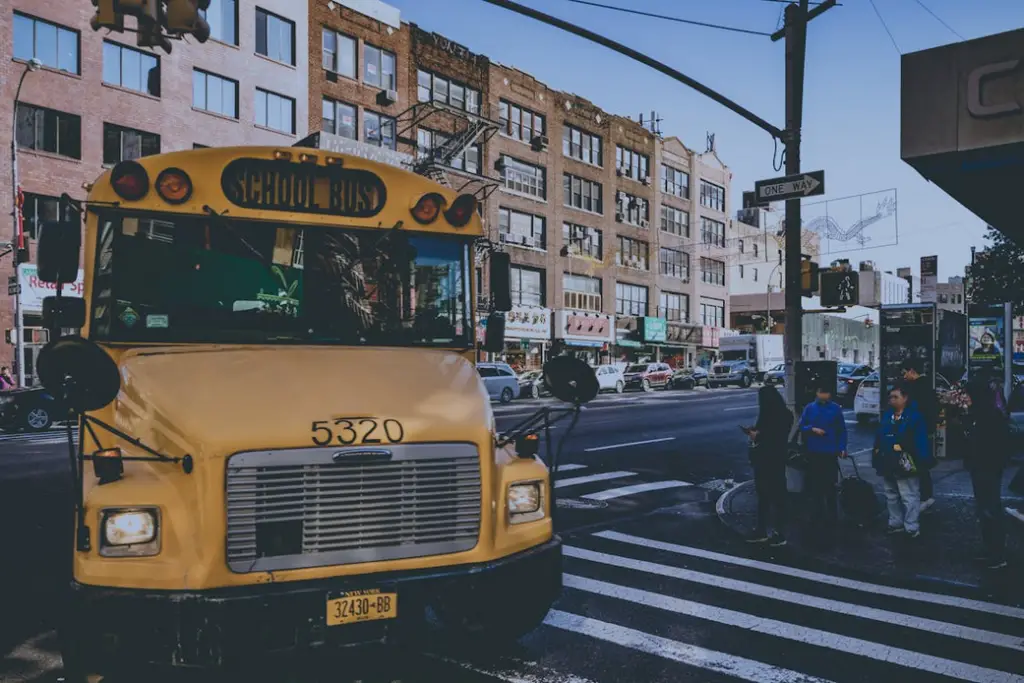
Every September, bus routes would reset with new drivers, schedules, and passenger configurations, creating a fresh social landscape to navigate. The first week of school featured tense negotiations over territory, with returning riders attempting to reclaim preferred seats while newcomers sought to establish their place in the hierarchy. The unique smell of a school bus after summer vacation—a combination of diesel fuel, new vinyl seat repairs, and institutional cleaning products—remains a powerful sensory memory for 80s kids.
Bus drivers approached the back-to-school period with a strategic mix of strict enforcement and relationship building, knowing that patterns established in September would define the entire year. For students, particularly those transitioning to new schools, those first bus rides represented critical opportunities to establish or reinvent their social standing. The gradual relaxation of both driver vigilance and student anxiety as routes settled into familiar patterns marked the true beginning of each school year.
14. The Winter Weather Adventures

Snow days and delayed starts created special moments of school bus drama during 80s winters, with parents relying on radio announcements rather than instant text notifications. Buses attempting to navigate unplowed suburban streets frequently became stuck, creating impromptu snow holidays for jubilant passengers. The solidarity that emerged when buses struggled up hills—older kids instinctively moving to the back to provide better traction—showed the natural problem-solving that emerged in these mobile communities.
The tradition of holding your breath while passing graveyards took on new urgency during winter months when bus windows couldn’t be opened to “release” accidentally inhaled spirits. Schools rarely closed for cold alone, leading to legendary waits at bus stops in temperatures that would shock modern parents, creating a shared resilience among 80s kids who still reference these arctic expeditions when dismissing younger generations’ hardships. The steam-covered windows of winter bus rides created cozy microclimates conducive to sharing secrets and developing relationships away from the scrutiny possible during clearer conditions.
Long before the structured, monitored transportation of today, 80s school buses provided a twice-daily adventure where children learned to navigate social dynamics, establish boundaries, and create community without constant adult intervention. Those yellow buses served as mobile laboratories for developing the resilience, creativity, and negotiation skills that would define a generation. While modern school transportation prioritizes safety and supervision—unquestionably important improvements—something magical was lost when buses became more controlled spaces. For those who experienced the wild, wonderful world of 80s school buses, the memories of paper airplane dogfights, contraband candy, and unwritten seating charts remain a cherished part of growing up in a less supervised era.


